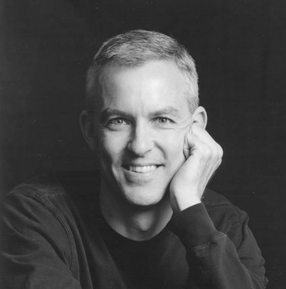Blur
Turns out lots of lines prove blurry I once thought sharp. Some blur from further away, some from closer in. Plant/animal, for instance. On which side, and why, the sessile polyps, corals and sea anemones? Same problem saying why my self must be internal. Where do I see those finches glinting at the feeder? To experience the is-ness of what is, I’d need to locate the here-ness of what’s here. Or be located by it. Or share location with it. There’s a line I want to blur: between my senses and my self. And another: between my senses and the world. That anemone looks more like a lily than an appaloosa. Looks, and acts. I feel that fizz of finches sparkle on my tongue, the back of my throat. I don’t say these words until I hear them. My voice visits. Is visitation. I would choose the role of visitor over visited, if I got to choose. Those finches trill and warble in sequences of phrases. I can tell there’s pattern, but not what the pattern is. I can say I hear them (I do hear them) in my sleep, but I can’t say what that means. Their twitters and chirps start early, before I wake. I can say they chatter all day (they do), when I’m hearing them and when I’m not, but I can’t say how I know that. The back of my hand always feels as if it’s just been lightly touched.
Copyright © 2018 by H. L. Hix. Originally published in Poem-a-Day on August 29, 2018, by the Academy of American Poets.
“‘Blur’ is from a sequence of poems that draw on the earth sciences, each poem provoked by a landmark book or paper. The stanzas in the poems end with a word from one sentence in the related text; in ‘Blur’ the sentence is from Aristotle’s History of Animals: ‘As to the parts internal and external that all animals are furnished withal, and further as to the senses, to voice, and sleep, and the duality of sex, all these topics have now been touched upon.’ Our having entered the ‘Anthropocene’—an era in which human activity is affecting the planetary ecosystem to a greater degree than ever before—makes it urgent that the various languages we use to understand ourselves and our world be kept in contact with one another. Putting the languages of science and of poetry in contact moves us toward a healthier, more mutually beneficial ‘dialogue’ between humanity and our natural environment.”
—H. L. Hix

